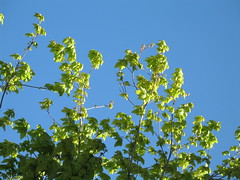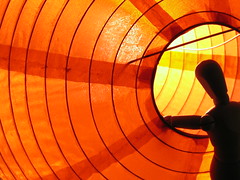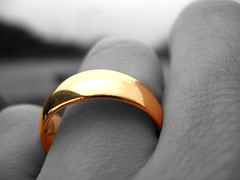Being critical of people in your own field is usually a no-no, but never making waves can be boring and being critical is only bad if you're an ass about it.
That said, I think there is some room to rag on commercial photographers ;)
Someone once wrote a satirical post about the various levels of photographers, from highest to lowest. Amusingly enough, they placed the artistic photographer at the top, and as I happen to be that sort of photographer, it was certainly ego warming. And 'professional' was third from the bottom. Also ego warming ;)
(
on a serious note, I would never wish to imply that one type of photographer has any more inherent worth than another outside of humorous writing)
Professional photography is problematic in one respect, even professional photographers themselves have noted it. It kills creativity.
Maybe not totally. But it certainly does dampen it. Even one of the wildest, if not *the* wildest commercial photographer,
David LaChapelle, could be said to be 'not going anywhere artistically' if he happened to exhibit his work as it now stands two times in the same decade.
Every commercial photo tends to make portraits look like this:

Instead of this:

Everything in commercial photography tends to be bright, clear and sharp. Unsurprisingly, these are the things people tend to appreciate the most when trying to gain information from a photo. And photos made for money tend to have a point that best serves the making of money. Ie, if it doesn't get you buying paper towels, it doesn't have a place.
Photojournalists aren't much better. The photos are always in the service of something, rather than the other way around. And as such, they suffer in terms of creativity.
Every now and then, I stumble on a photographer who seems remarkably competent in terms of technical ability. Things are well lit, clean, clear and... Fairly ho-hum. Usually if people have that level of technical ability, their artistic ability is better. I've never seen a (good) artist who's technical ability outstripped their artistic ability. When I see it on the internet, a bit of digging always turns up the following information: The photographer was, or still is a commercial photographer, or a photographer for reasons beyond photography itself.
It's just kind of frustrating to see what are technically very good photos from people, but to never see anything remarkable from them.
Not that I have a ton of room to talk or anything, mind you. 99.9% of what I put out is still crap. But I do know enough to be able to talk about the subject. And this is what I see.





















